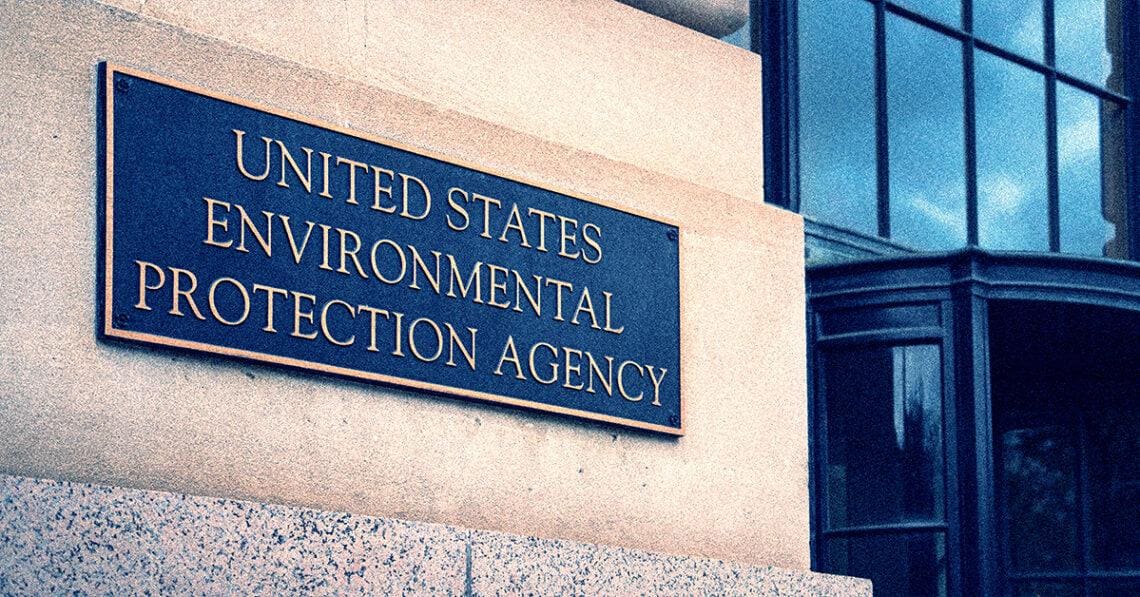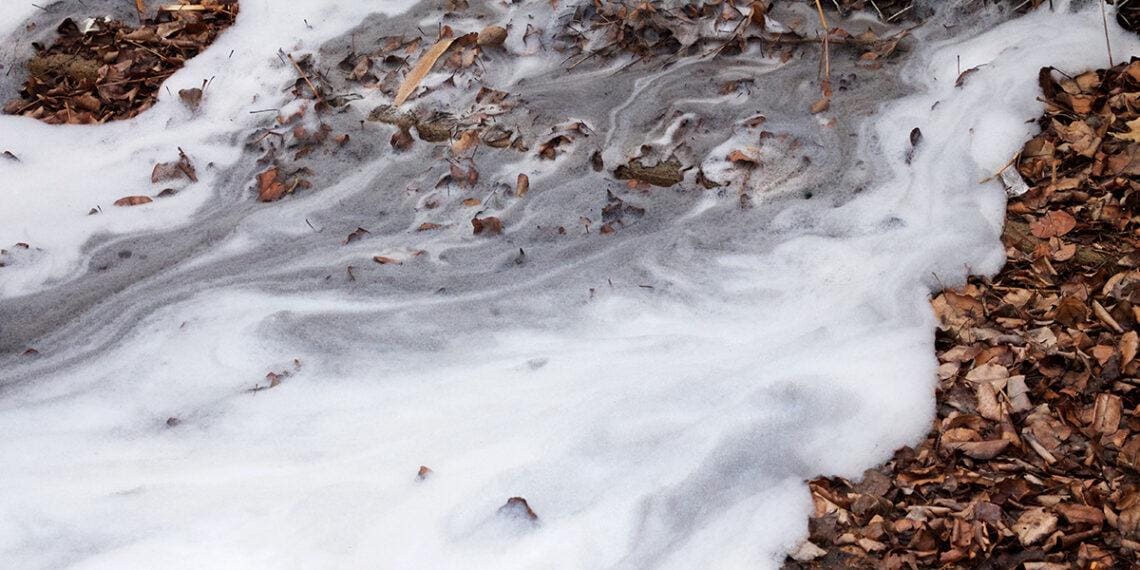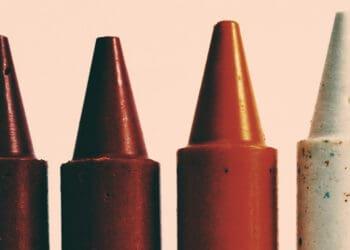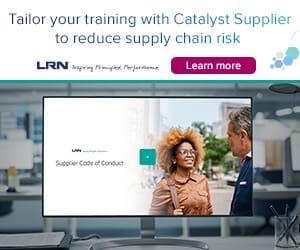The EPA is expected to announce reporting requirements regarding PFAS, commonly referred to as “forever chemicals.” While manufacturers and suppliers are eagerly awaiting those requirements, they may need to look a little closer to home for PFAS rules, as many states already have laws in place. Assent’s Cally Edgren breaks down the state-level rules.
This fall, the EPA is expected to announce its per- and polyfluoroalkyl substances (PFAS) reporting requirements under Section 8(a)7 of the Toxic Substances Control Act (TSCA), meaning manufacturers and suppliers need to begin building a plan to meet EPA requirements, if they haven’t started already.
While companies worldwide that use or sell products with PFAS are eagerly awaiting the EPA’s official announcement, some still need to begin building strategies to identify and manage PFAS in their supply chain. This creates growing risks to their business, as the EPA’s reporting obligations are only one piece of a complex collection of restrictions and reporting obligations in the U.S. Beyond the EPA’s TSCA rule, U.S. federal agencies, as well as many state regulators, have been steadily proposing and passing PFAS legislation.
Maine
Maine is viewed as a leader in comprehensive product-level PFAS legislation. In 2021, Maine became the first state to pass an “all PFAS, all products” regulation to limit the sale of PFAS-containing products, and several product types are already included in sales restrictions. In 2025, Maine will also enact a reporting obligation for all products sold with intentionally added PFAS chemicals. Finally, Maine will ban non-essential use of PFAS in all products beginning in 2030.
Minnesota
Minnesota is committed to protecting its residents from the harmful effects of PFAS and has followed Maine’s broad actions. In 2025, Minnesota is enacting restrictions on the use of PFAS in a broader variety of products than Maine, including carpets or rugs, cleaning products, cookware, cosmetics, dental floss, fabric treatments, juvenile products, menstruation products, textile furnishings, ski wax and upholstered furniture, among others. Minnesota will enact a reporting obligation in 2026 for all products sold with intentionally added PFAS chemicals, and a full-scale PFAS ban for most products will come into effect in 2032.
What You Need to Know About ‘Forever Chemical’ Regulation in US & Europe
So-called “forever chemicals” have been linked to serious health problems, and regulators in both the U.S. and Europe are poised to issue rules that would eliminate these chemicals from the supply chain.
Read moreDetailsCalifornia
California is another state leading the way in addressing PFAS concerns. The state is taking a number of steps to address PFAS in products. It has enacted numerous regulations to disclose, control or restrict the use of PFAS in many products, including apparel, cosmetics, cookware, fire-fighting foam, packaging, juvenile products, carpets and rugs. Several PFAS chemicals are also included in the list of substances subject to California Safe Drinking Water and Toxic Enforcement Act of 1986 (Proposition 65) warning requirements.
Michigan
Michigan has also created PFAS restrictions on various products. Like many other states, PFAS are restricted from food packaging and prohibit using PFAS in many types and applications of fire-fighting foams. And Michigan is one of many states providing funding for PFAS cleanup and remediation.
Vermont
Vermont has legislated reporting and restrictions for some PFAS chemicals. The state requires reporting for some PFAS chemicals if they’re present in children’s products. The state also restricts the use of PFAS in some additional products, including food packaging.
Washington
Washington is significantly reducing PFAS use in a variety of products, including cosmetics, packaging materials and fire-fighting foams, among others. The state has also called out PFAS as a priority chemical class under the Safer Products for Washington law, which will result in restrictions against their use in additional products. The state also provides funding for PFAS cleanup/remediation efforts.
Colorado
Colorado has a number of regulations related to the PFAS family of chemicals. Colorado already has numerous regulations regarding PFAS, including enacting product-level restrictions for several groups, such as children’s products, carpets and rugs, paper-based food packaging and personal care products, including cosmetics. The state has also enacted rules regarding labeling of “PFAS-free” cookware products to minimize misleading consumers when one specific PFAS is absent but others are present (e.g., “PFOA-free”).
Just the beginning
The legislative actions of the above-mentioned states are just the tip of the iceberg. This doesn’t include the majority of other U.S. states that are in the process of creating PFAS-related legislation, let alone other jurisdictions working to eliminate PFAS — countries, cities and even international treaties like the Stockholm Convention.
Manufacturers can’t afford to wait for the EPA’s final PFAS reporting requirements to be clarified, given the pressing need to comply with existing rules. The risk of possible changes to the final reporting rule, including the list of PFAS in scope and what needs to be reported, don’t mitigate the fact that manufacturers first need to focus on identifying where the PFAS are in their supply chain and finished products.
Collecting this data from suppliers will take time — especially since the entity that first added PFAS to the materials may be several tiers away. And beyond the inability to comply with the other existing rules, waiting for the proposed TSCA rule to be finalized might risk missing its 12-month reporting deadline, given the complexity of supply chains and the training suppliers might need.




 Cally Edgren is senior director of sustainability at Assent. She is a proven compliance program leader with experience developing, communicating and executing company goals and strategies. She is a subject matter expert on product materials compliance, as well as market access certifications and has a background in program and process development to support regulatory compliance requirements. Cally possesses 30 years of experience in developing and managing global compliance programs at Rockwell Automation and Kohler Co.
Cally Edgren is senior director of sustainability at Assent. She is a proven compliance program leader with experience developing, communicating and executing company goals and strategies. She is a subject matter expert on product materials compliance, as well as market access certifications and has a background in program and process development to support regulatory compliance requirements. Cally possesses 30 years of experience in developing and managing global compliance programs at Rockwell Automation and Kohler Co.










